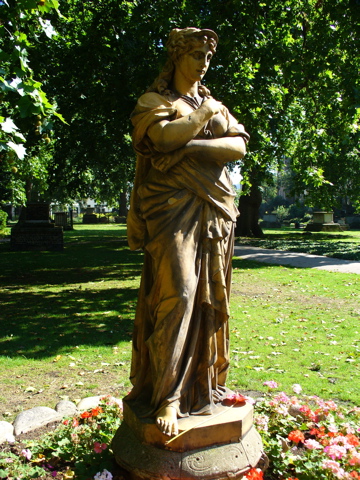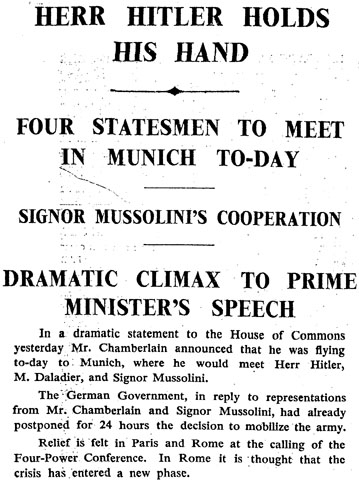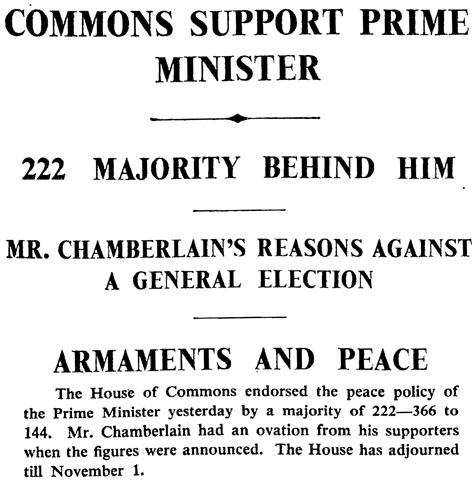Allenby of Armageddon
…tate and an international police force. Is it too much to believe that the human intellect is equal to the problem of designing a world state wherein neighbours can live without molestation; in collective security? It does not matter what the state is called; give it any name you please: — League of Nations; Federated Nations; United States of the World. Why should there not be a world police; just as each nation has a national police force?3 It’s…



